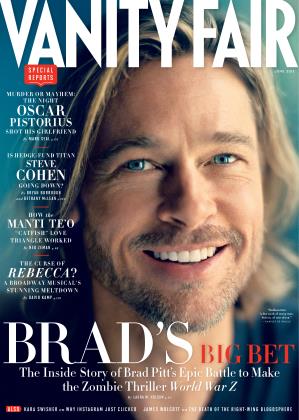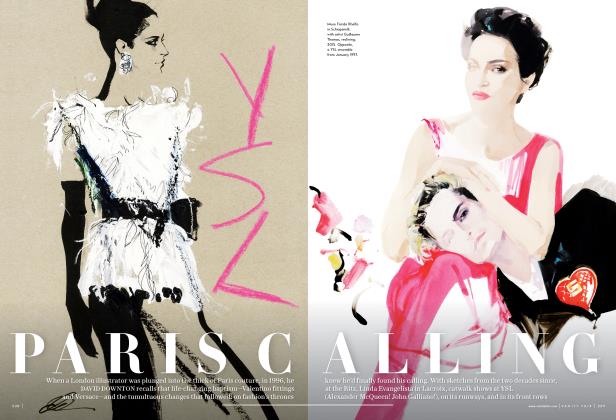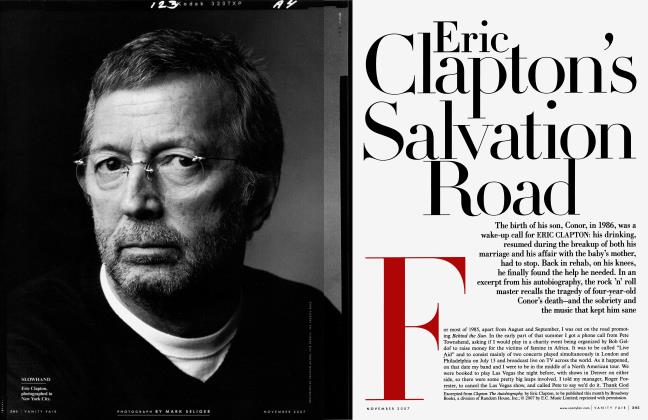Sign In to Your Account
Subscribers have complete access to the archive.
Sign In Not a Subscriber?Join NowCUBISM STEALS THE SHOW
Spotlight
he more than $1 billion value of the collection that the philanthropist Leonard A. Lauder has pledged to the Metropolitan Museum of Art should not blind us to the immense cultural boost it will give New York. This eminently imaginative donation will not only inspire other collectors to follow suit but also bring a new dimension to the Met, which has traditionally favored old masters and Impressionists over modernists. As the museum's director, Thomas P. Campbell, announced, "In one fell swoop this puts the Met at the forefront of early-20th-century art." The 78 works (33 by Pablo Picasso, 17 by Georges Braque, 14 by Fernand Leger, and 14 by Juan Gris) that constitute Lauder's gift are the building blocks on which much of contemporary art is still based. In 1986, Lauder obtained 20 works from the celebrated collection that Douglas Cooper, a formidable British scholar much feared in the art world, had assembled decades earlier. Cooper had installed this collection, as well as a young art historian—me—in a colonnaded folly in Provence, where former Cubists would frequently gather in the 1950s. Originally destined for the University of London's Courtauld Institute of Art, the collection fell victim to Cooper's quirkiness. After his chateau was robbed, he moved to Monte Carlo, where he lived irascibly until he died, in 1984. A son, Billy McCarty-Cooper, whom he had adopted in order to deprive his own family of any rights they might have, inherited the collection. To support his Hollywood lifestyle, Billy proceeded to sell much of it.
On his behalf, Angelica Rudenstine, one of the most perceptive and meticulous scholars in the field, vetted the art for Lauder, who, starting in 1976, had already acquired nine major Cubist works. His most recent purchase was a Juan Gris collage in March. Lauder's passion for his subject has enabled him to come up with the world's greatest, most definitive, and most treasure-filled private collection of Cubism. The first exhibition at the Met is scheduled for the fall of 2014.
JOHN RICHARDSON
 View Full Issue
View Full Issue


















Subscribers have complete access to the archive.
Sign In Not a Subscriber?Join Now